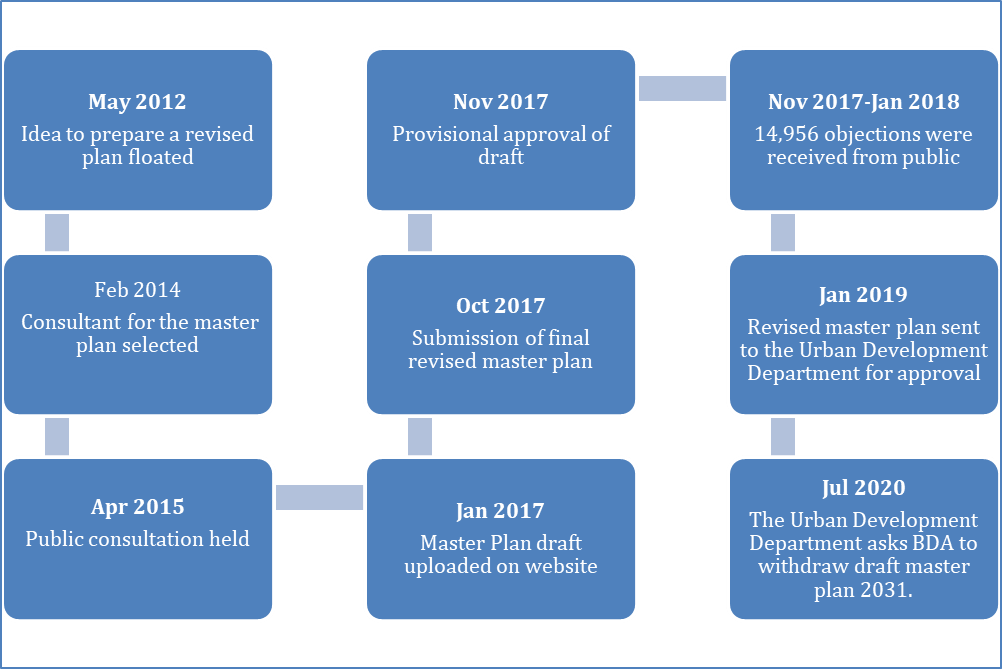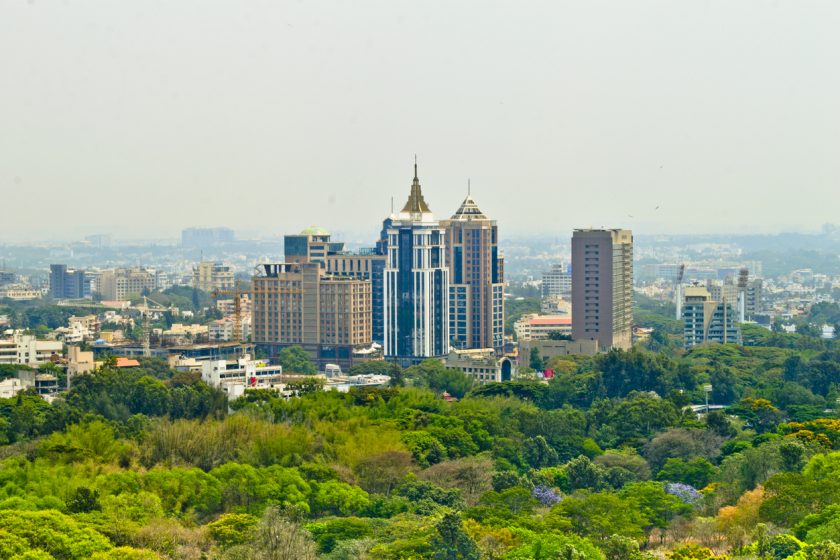The Bangalore Development Authority (BDA) is all set to start preparing a re-revised master plan for the city. Royal Haskoning DHV, a Netherlands-based consulting firm, is likely to be roped in to prepare a new plan at a cost of about Rs 16 Crore. Currently, Bangalore follows an outdated land-use document that had expired in 2015.
Why is a master plan needed for a city? Well, it provides a framework and direction for the growth and development of the city for the next 15 years.
The revised master plan for 2016-2031 was expected to be in place by March 2017 but is already running way behind the schedule. It must be noted that the draft master plan for the city was approved by the BDA in 2019. However, BS Yediyurappa-led government scrapped it in 2020.

The reason? According to a news article in Bangalore Mirror, the draft blueprint had received over 14,000 objections from the general public. Additionally, errors in the proposed land-use maps by including many roads that no longer existed were another reason.
Apart from these, three major aspects need revisions. The first aspect is about transit-oriented development, the key objective of which is to create very good access to public transport which will increase better usage by citizens. The second aspect deals in floor area ratio or FAR. Metro wants the creation of an Impact Zone, where a higher floor area ratio will be permitted in the vicinity of the key areas. The last aspect is about land earmarked for commercial development.
Key highlights of RMP 2031
- The revised master plan will incorporate the transit-oriented development policy for all modes of transport including metro, BMTC, and suburban rail network. This means that there will be mixed land use development along the transit corridors.
- Commercialisation and increasing density are likely to be discouraged in Zone A- areas falling within the limits of Outer Ring Road. In Zone B, areas falling outside the ORR, infrastructure is likely to be upgraded. Areas falling under Zone C will ensure better returns for farmers.
- The city’s population is projected to reach 20.3 million by 2031 with water demand at 3,287 million litres per day, waste generation to the tune of 13,911 tonnes per day.

